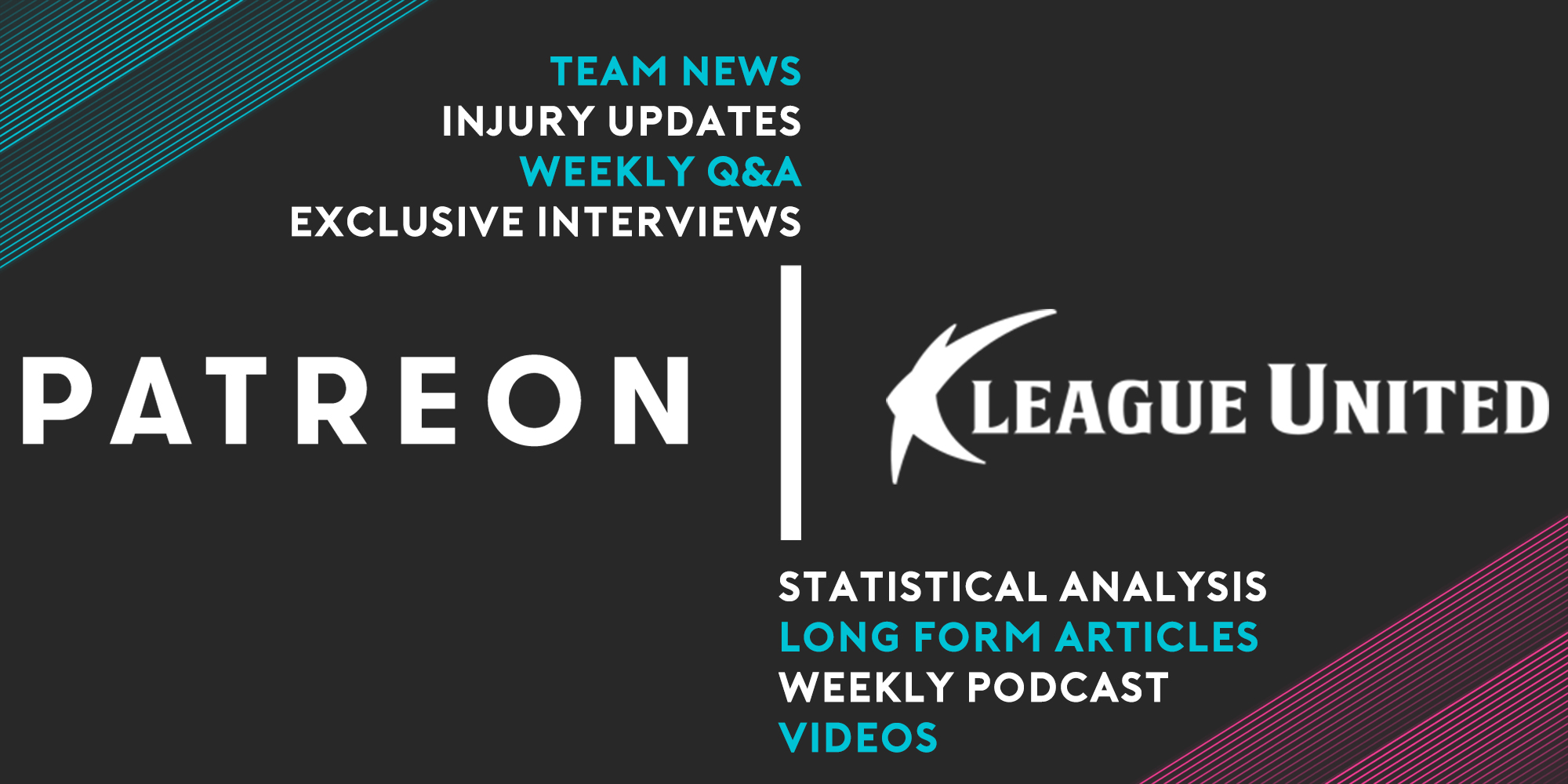Wage Data - Busan IPark
 |
| Money, money, money! (image source) |
(*Note - All images below come from the same K League website - source*)
Total Spent
| Roster size (domestic-foreign) : Total spent-Average spent : Wages spend-Average spent |
Busan spent a total of \3,512,752,000 on player compensation (39 players total, 36 domestic, 3 foreign), and on average they paid each player \90,071,000 (*note - the data is based on the team list on November 6, 2016). For those who prefer other currencies, using the current exchange rate (XE.com), that translate out as follows:
USD - $2,936,526 / $74,229
EUR - €2,813,097 / €72,129
GBP - £2,374,737 / £60,882
| Domestic players : Total spent-Average spent : Wages spent-Average spent : Bonuses spent-Average bonus |
Busan's 36-man domestic roster of players got \2,673,292,000 in financial compensation with an average of \74,258,000 to each.
| Foreign players : Total spent-Average spent : Wages spent-Average spent : Bonuses spent-Average bonus |
In total, Busan's three foreign players received \839,460,000 in total compensation with an average of \279,820,000.
Wages Only
| Total wages-Avg wages : Total domestic wages-Avg. domestic wages : Total foreign wages-Avg. foreign wages |
On wages only, Busan paid out \2,812,846,000 in total with an average wage of \72,124,000.
A further breakdown of the wage data reveals that Busan paid their domestic players \2,080,992,000 in total with an average wage of \57,805,000.
That compares to the foreign contingent (which at the time would be Popp, Nilson Junior, and Stojanovic) who received \731,854,000 in total. An average of \243,951,000.
Bonuses Only
 |
| Total bonuses paid-Average bonus paid |
In bonuses, Busan paid out \699,906,000 to the players. An average of \17,946,000. The bonuses are a lump sum of any bonus (wins, appearances, clean sheets, goals scored, etc.) that was paid during the season.
Busan's domestic players received \592,300,000 in bonuses (average \16,453,000).
Busan's foreign players received \107,606,000 in bonuses (average \35,869,000).
Year-by-Year Comparison
| Financial data from 2016-2015-2014-2013 Squad size-Total paid-Average paid |
The only consistent trend in the above data is the increase in the squad size. In 2013 there were 29 players on the roster, while this past season it was up to 39 players. The re-introduction of the R League is almost certainly the primary driver of the increased roster size this year.
The only other general trend is the decrease in player compensation. In 2013, players were receiving an average of \114,324,000. This past year that figure is down to \90,071,000. As far as the average goes, that will be due to the above mentioned increase in the squad size. The total amount paid out in 2013 and 2016 is almost the same (200 million won difference), but the 10 player increase in squad size reduces the average.
2014 remains the blip in the data set as the club increased their spending significantly compared to the other three years. Spending a billion won more in wages and bonuses.
Compared to last season, the club slightly increased their spending despite the relegation. Total money spent on player compensation increased from \3.1 billion to about \3.5 billion.





![[about]](https://blogger.googleusercontent.com/img/b/R29vZ2xl/AVvXsEh0mXcKy7h0fXIgdvWFm5DpFfwXkPr2ggzUt9_AoPo8vS0HOsFMT8KsO21qTLZBKoLyQXSOAckzy4OtJCPOoHtL5cGqAa0zXKzIdiW45D6TCFAisfJUODssBTfrkat95GXhJc8haWSP3nyV/s1600/KLU.png)
No comments:
Post a Comment